As anyone reading this blog would guess, my “Masonic Jewel” would be Truth. But what about others? Surely not every Mason is (or even should be!) a student of the esoteric, or of comparative religion, or of ancient language, etc. That sort of homogeneous fraternity would either crash and burn, or would flounder and get nothing accomplished. So, what of the other two Principal Tenets of Freemasonry? And what of those who desire them? How do these fit together? Those are questions I would like to explore.
Botticelli’s Three Graces (pictured Below) represents, to us as Masons: Brotherly Love, Relief, and Truth. Though these three are termed “Principal Tenets” of Freemasonry, I would like to refer to them in this post as “jewels”. Whatever aspect or tenet of Masonry that you represent with your life, it should be something that is cherished, displayed, and greatly valued – just as any jewel should be.
In my experience with Masonry, most men are drawn to the craft by one of these three aspects. For that matter, some men change which tenet is important to them after some years. But what can also be said, is that if that aspect that the candidate is searching for with his very being is not fulfilled, then he will leave the lodge and have no desire to return.
Some men, like myself, desire the light of Truth. The lessons of Freemasonry contain deep-seated human truths, displayed in symbols, allegory, and obscure wording. Entire lives can (and have) been spent studying the degrees, the rituals, the words, the symbols, the lessons, etc. But why is this important? Because, much as any triangle is incomplete without one of its sides, the Masonic lodge cannot be complete without education. Our moral lessons separate us from any other given fraternity in the world. Our degrees are ancient and invaluable to us. Any brother who has been through any degree – from 1st to 3rd and through the high degrees – can affirm that. The light of Truth, given by Deity but absorbed through hard work and study, is a lamp to our feet and a light upon our paths; it is the torch of Heraclitus and the lamp of Trismegistus.
Others desire to shed the light of Relief. One of the most common things attributed to Freemasonry (truly one of the few truthful ones!) is that we are a charitable organization. We are charged, by the penalties of our obligations, to help our Brothers, their widows, and orphans. But that’s not all! We don’t solely help our own. All Masonic bodies around the world contribute untold sums of money to charities, and go so far as to start their own organizations. To name only a few, there is the Scottish Rite’s Rite Care, the Royal Arch Research Assistance, the Cryptic Masons Medical Research Foundation, the Knights Templar Eye Foundation, the many children’s hospitals run by Shrine bodies, and the list goes on and on. The light of Relief is a warm reminder that the world is not a cruel place, that there is goodness inherent in our species, and exists to drive away the darknesses of life, even if momentarily.
Finally, nearly all of the brethren desire the light of Brotherly Love. Everything we do, both in and out of the lodge, inculcates this value. Whether it’s a BBQ cook-out on a Saturday morning, or a simple meal before Lodge on a weeknight, we all deeply value the time we get to spend together. To once again borrow an old axiom, “it takes a village to raise a child.” While I’m certainly not using this to refer to a literal child, it does in this case refer to the fact that it takes a group of like-minded and well-intentioned men, to improve one another. “Steel tempers steel,” just as the moral and just man improves his brother. The light of Brotherly Love increases the radius of our light exponentially – it is the light of inspiration, of motivation, and of the greatest of all of these: love.
So, my Brothers, you will see that some Masons may be more interested in ham suppers, or perhaps breakfasts at the Masonic Home, and may not be interested in reading philosophy or history – their pursuit is no less noble, for they are receiving the light that they need in their lives. Some Masons may be primarily interested in fundraisers to promote charities – they are providing our Masonic light to the world. And, of course, some Masons may be primarily interested in the study of the Divine, or of philosophy, or of history – they too are providing light, to the rest of the Craft that they may spread it to the world.
Brothers, it has been long contested and hotly argued that some of our lodges may not provide sufficient educational programs, or may not provide adequate charitable contributions, or may not be welcoming and loving enough of new Brethren. My charge to you, today, is to recognize your own strengths, and decide which Jewel it is that you possess, and let it shine in your own community in whatever way you know how. Every man in the Craft, perhaps every man in the world, has a unique gift. Use that gift; do not let it languish.
Our Fraternity cannot stand without its three legs – Brotherly Love, Relief, and Truth. Which of these is YOUR jewel? Which of these can YOU use to help your own community?
-----------------------------------------
Thank you for reading The Laudable Pursuit!
If you enjoyed this piece, please feel free to share it on social media sites and with your Lodge.
For more information on Bro. Ian B. Tuten, Please CLICK HERE:
Also, visit us on Facebook: https://www.facebook.com/TheLaudablePursuit
-----------------------------------------




